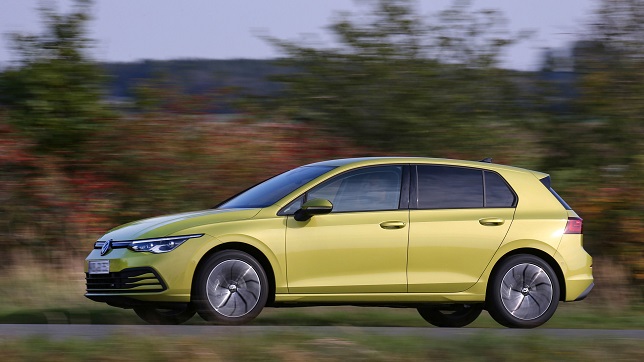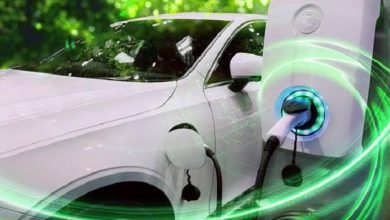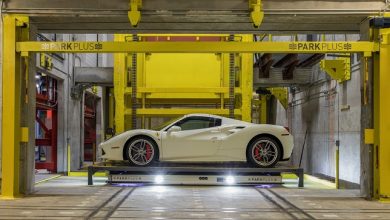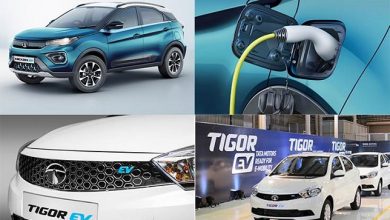Now available with natural gas drive again: pre-sales of the new Golf TGI underway
Low carbon emissions when driving with natural gas, further reduction possible through use of biofuels

The new Golf is now also available with an environmentally-friendly natural gas drive: the Golf TGI is equipped with a powerful 1.5-liter four-cylinder engine with 96 kW / 130 PS01 and three natural gas fuel tanks. The tanks are integrated into the underbody and permit a range of around 400 kilometres (WLTP) in pure natural gas mode. The engine of the quasi-monovalent drive system is powered primarily with CNG (Compressed Natural Gas), but can also run on petrol. A reduced-capacity petrol tank serves only as a reserve but ensures additional range.
Drivers of natural-gas-powered vehicles benefit from comparatively low fuel prices in many countries. Volkswagen is now also offering the new Golf as a TGI model with a natural gas drive and increased range – in October the Golf Variant will also be available as a TGI. The total CNG tank capacity is currently 115 litres or 17.3 kg and permits a driving radius of a good 400 kilometres in the WLTP cycle. The Golf TGI is also equipped with a petrol tank with a useful capacity of 9 litres – this is essentially a reserve tank in case the natural gas should run empty.
For driving dynamics and efficiency, the Golf TGI comes with a 1.5-litre four-cylinder petrol engine. This powerful engine is both efficient and environmentally friendly, as also demonstrated by its WLTP fuel consumption of just 4.3–4.1 kg of natural gas per 100 kilometres in combination with CO2 emissions of only 117–111 g/km. The new 1.5 l TGI engine in the Golf operates according to the innovative Miller cycle principle, a combustion process that achieves low carbon emissions thanks to its high efficiency and a compression ratio of 12.5:1. At the same time, a turbocharger with variable turbine geometry increases the charge pressure and supplies more air to the cylinders. This allows the Golf TGI to accelerate powerfully from low engine speeds at any time.
Driving with natural gas significantly reduces carbon emissions. Compared to petrol or diesel, natural gas contains a significantly higher amount of energy and has a lower carbon content. This means that driving in CNG mode produces around 25 percent fewer carbon emissions than with petrol. Refuelling with biomethane or e-gas results in an even better carbon balance. Biomethane is obtained from waste plant matter, while e-gas is produced from excess green electricity (power-to-gas). These are added to the fuels. What is more, natural gas generally combusts with lower emissions than petrol or diesel. The exhaust gas contains significantly less carbon monoxide and nitrogen oxides (NOx), while the share of soot or particulates is minimal.





